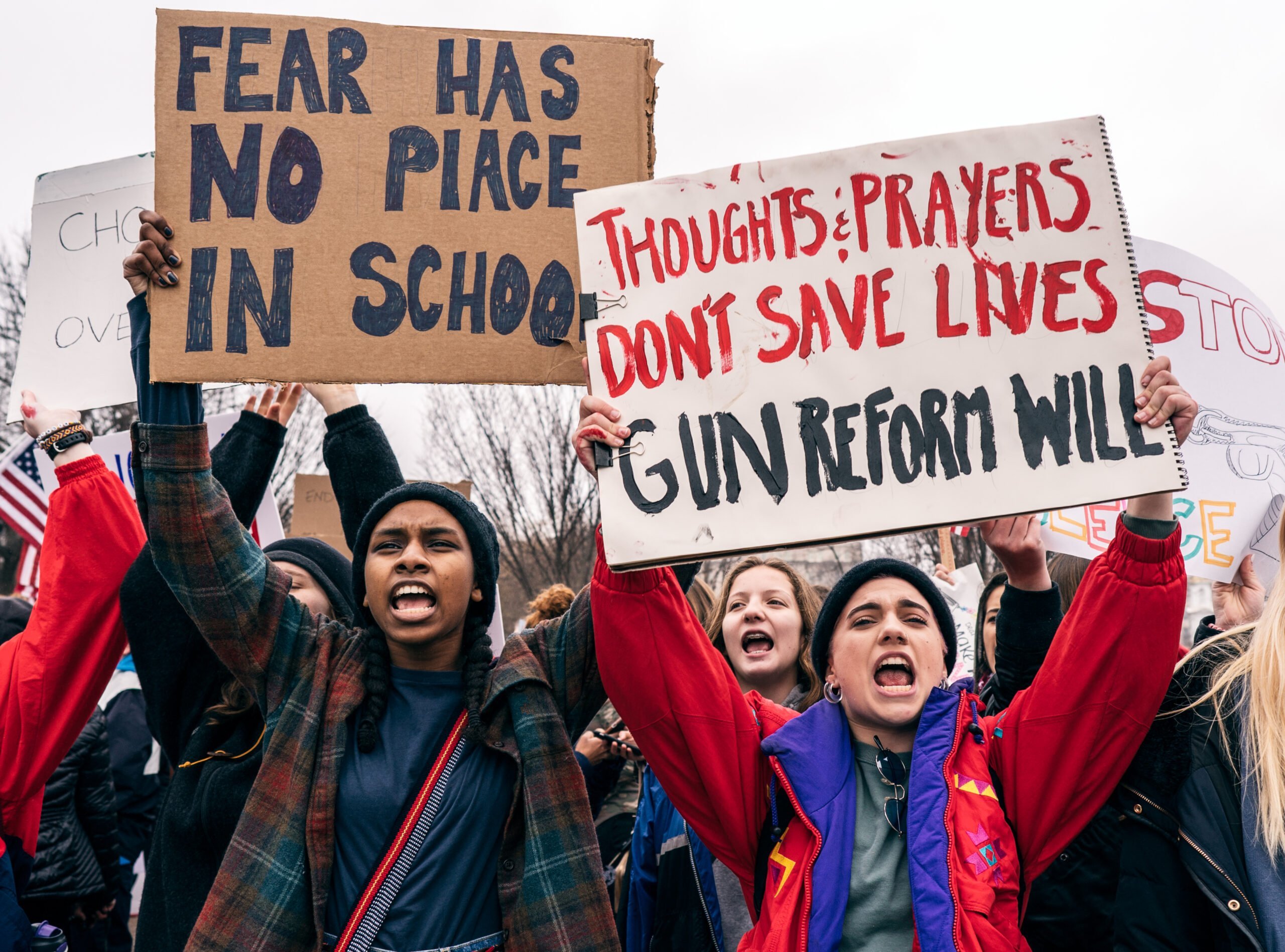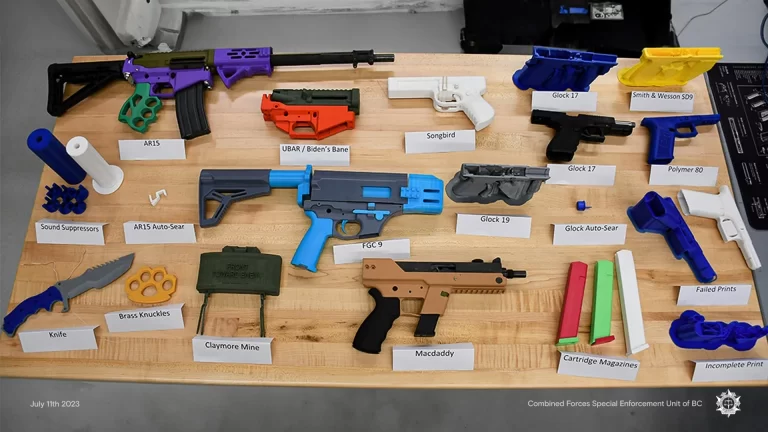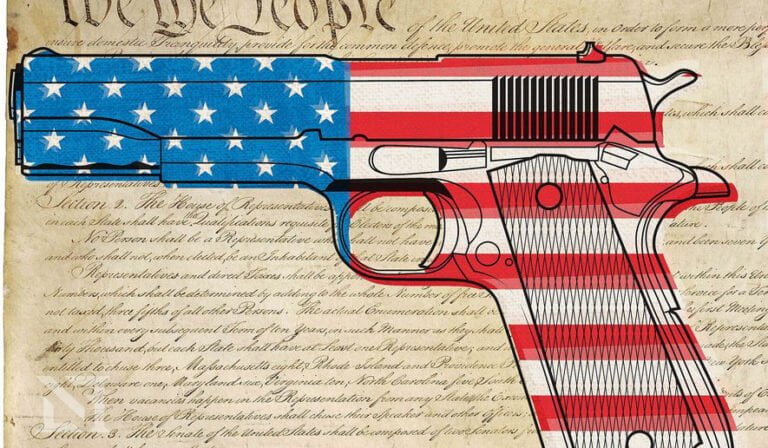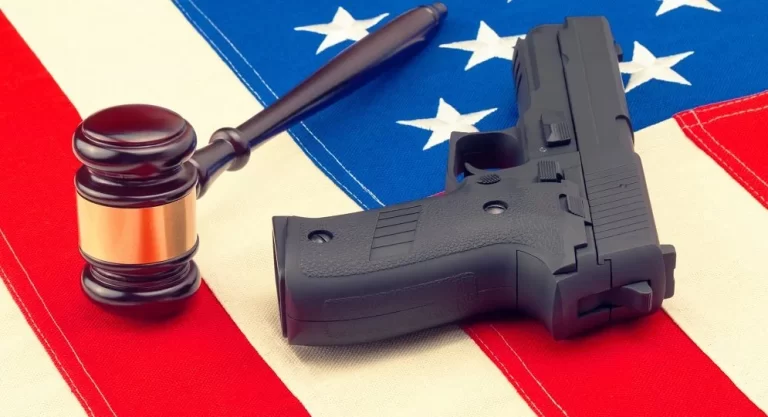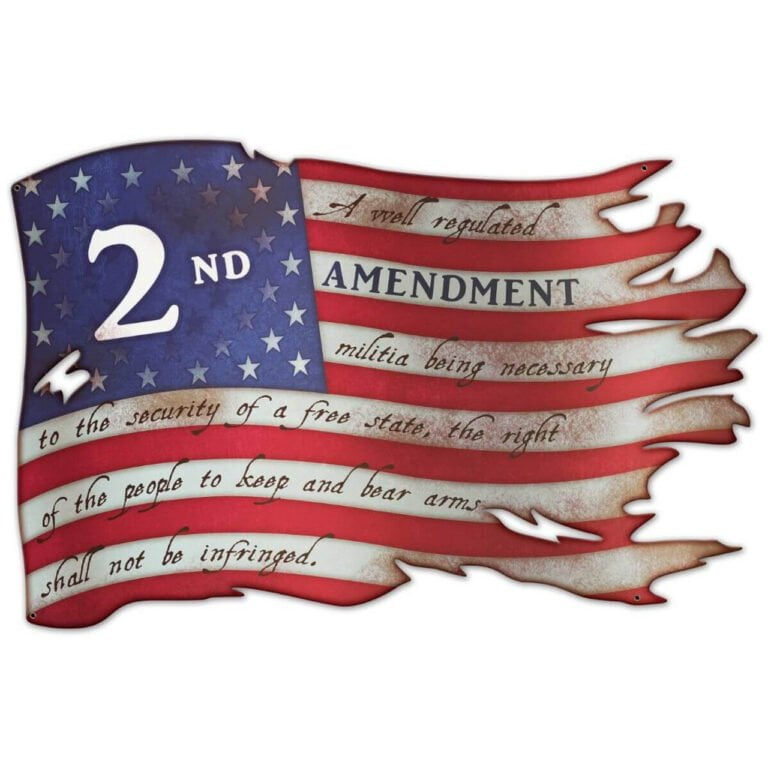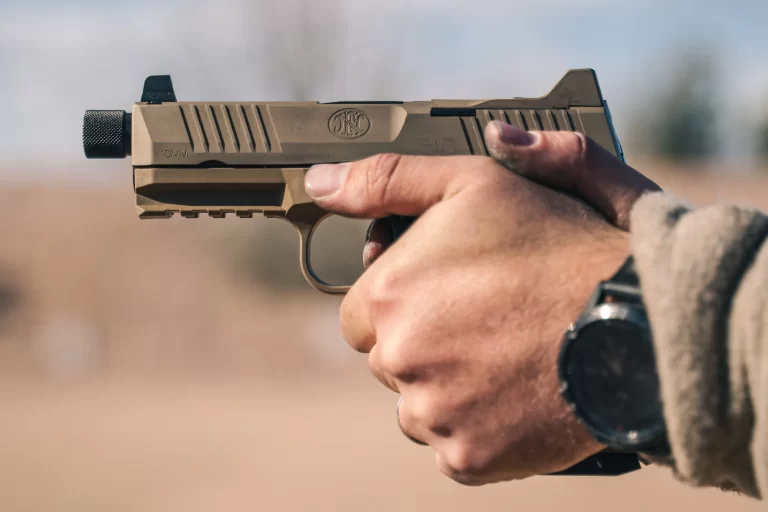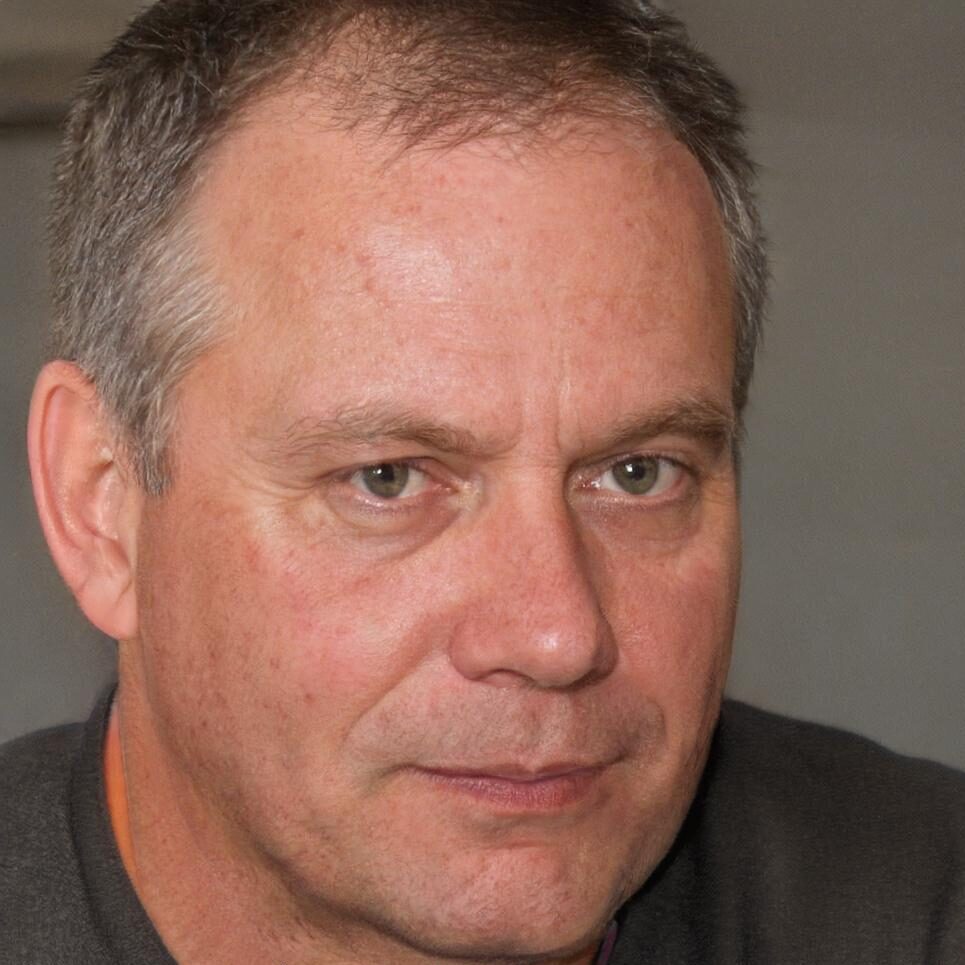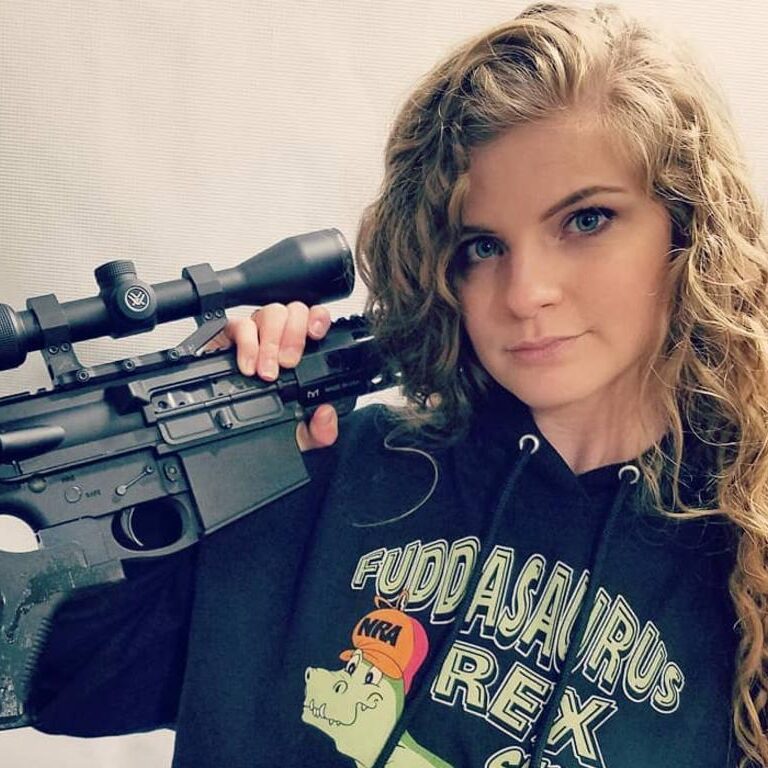United States Gun Violence Protests
The gun debate in America entered a new era in 2018. A series of high-profile mass shootings shocked the nation, but this time, young people refused to allow the deaths to fade from the public consciousness without action being taken. The tireless activism and impassioned demands for legislative change by student organizers catalyzed a reinvigorated movement against gun violence. The protests of 2018 demonstrated that the younger generation was no longer willing to accept inaction from lawmakers against the epidemic of mass shootings.
The Parkland Shooting Catalyzes a Movement
On February 14, 2018, a gunman opened fire at Marjory Stoneman Douglas High School in Parkland, Florida, killing 17 people. In the aftermath of the tragic shooting, its survivors refused to quietly mourn and move on. Instead, they immediately mobilized, forming an advocacy group called Never Again MSD. Just four days after the attack on their school, Never Again MSD organized a protest rally attended by hundreds of students in Fort Lauderdale, Florida.
This rally was just the first spark of what would become a massive protest movement. Inspired by the Parkland students’ courage, young people across America began rising to say “never again” to school shootings. In Kansas, hundreds of students demonstrated at the statehouse. Hundreds more staged a “lie-in” outside the White House. And this was only the beginning. By boldly speaking out when others had remained silent, the Parkland survivors encouraged fellow youth across the country to join their crusade.
March 14 National School Walkout
The next major action was the National School Walkout on March 14, exactly one month after Parkland. Organized by a youth branch of the Women’s March, at 10 AM across every time zone, students walked out of class for 17 minutes of silence, one for each Parkland victim.
An estimated one million students participated, emptying their classrooms to demonstrate their demand for action against gun violence. Large crowds of students gathered at places like the White House, where they turned their backs to symbolize their rejection of the inaction of political leaders.
The walkout signified an awakening of political activism in American high schools. Youth were beginning to recognize the power of their voice and numbers. Meanwhile, the movement was gaining allies, as many colleges and universities announced they would not penalize applicants who were disciplined for protesting. A nationwide infrastructure was developing to sustain the anti-gun violence movement spearheaded by Parkland.
March For Our Lives
In March For Our Lives, the student activists mobilized supporters to take to the streets in mass demonstrations across America and the world. With organizational support from Everytown for Gun Safety, they planned a march on Washington DC for March 24.
The turnout far exceeded expectations, with estimates of 1.2 to 2 million participants. The enormous crowds indicated the growth of their cause and reflected surging support among adults as well. Hundreds of sibling marches occurred globally in solidarity.
Standing before vast crowds from the steps of the nation’s capital, Parkland survivors like David Hogg and Emma Gonzalez captured national attention as they demanded action from legislators. Passionately, Gonzalez read out the names of victims and staged a heartrending six minutes of silence to symbolize the inexcusable inaction of lawmakers beholden to the NRA.
Other Notable Protests
Parkland was a catalyst, but the agenda of ending gun violence resonated far beyond. On April 20, the 19th anniversary of the Columbine High School massacre, students organized another national walkout. And on April 10 in Miami, hundreds of students from Northwestern Senior High School marched to the streets following the shooting death of one of their classmates, Kimson Green.
These demonstrations showed that the need to speak out against gun violence extended to urban schools facing the daily reality of shootings. The student organizers in Parkland had lit a fire that was spreading, with young people nationwide demanding their right to safety in schools.
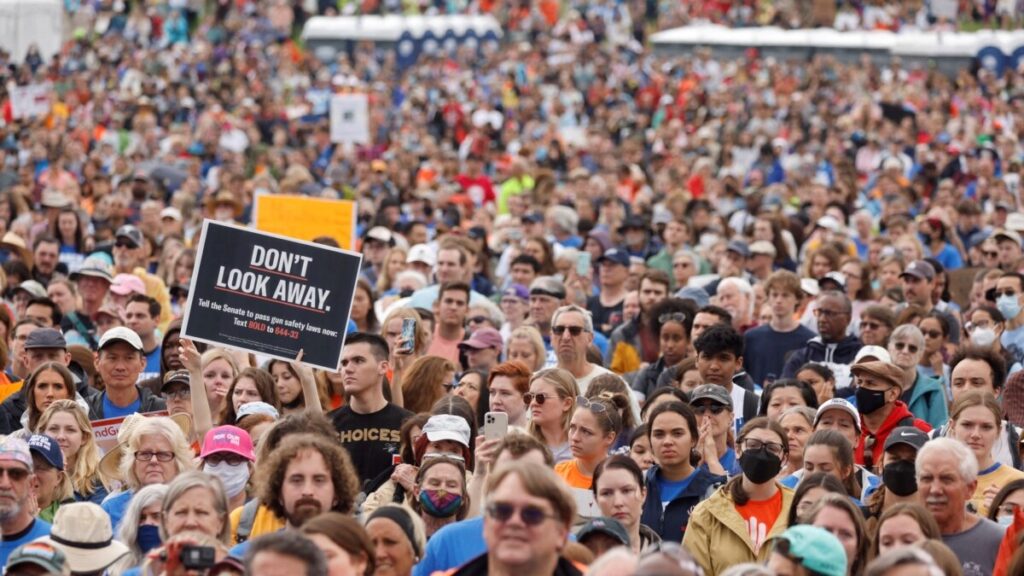
The Impact
The protests of 2018 marked a turning point in the American gun debate. The students issued a resounding rebuke to the political status quo. By repeatedly demonstrating on a massive scale, their movement gained momentum. Though federal action remained elusive, some legislative changes were enacted at the state level, such as Florida’s raising of the age limit to purchase firearms.
The lasting legacy of the protests will be defined by their ability to drive lasting policy change. But regardless, the youth activists succeeded in bringing an urgent spotlight back to the issue of gun violence and made it clear they will not allow the issue to fade again.
The courageous activism of student organizers forced America to confront the human toll of gun violence. They opened a new era of youth engagement in social justice causes. The Parkland survivors demonstrated the power of raising one’s voice and showed they could succeed in driving change where old activists had failed – by refusing to play politics and proceeding with consistent moral clarity. America’s youth have now seen how their numbers and passion can shift the national dialogue when mobilized. The protests of 2018 awakened a potent political force in American youth that will push the arc of history closer toward justice.
Conclusion
The unprecedented wave of youth activism against gun violence in 2018 marked a pivotal moment in America’s ongoing debate over guns. Sparked by the tragic shooting in Parkland, Florida, student organizers were able to quickly mobilize nationwide protests on a breathtaking scale. They brought relentless energy and digital media savvy to their advocacy, focusing the nation’s attention on the issue of gun control.
Time will tell if their movement manages to achieve meaningful policy change at the federal level. But by igniting a passion for activism in American youth, the organizers have already accomplished something monumental. The student protesters made their voices impossible to ignore, forcing legislators to reckon with their righteous anger. Their efforts made clear that America’s youth will no longer tolerate inaction on gun violence. Though the work continues, the movement should take pride in thoroughly reshaping America’s gun debate for the better.
FAQs;
Q1: How many people participated in the March For Our Lives protest?
Estimates range from 1.2 to 2 million people participated in March For Our Lives, making it one of the largest youth protests in American history.
Q2: Who organized the nationwide school walkouts?
The March 14 walkout was planned by Women’s March Youth EMPOWER, while the April 20 walkout was organized by Connecticut student Lane Murdock.
Q4: What policy changes have resulted from the protests?
At the state level, Florida passed new gun restrictions including raising the minimum age to buy firearms to 21. Nationwide, the protests contributed momentum but significant federal policy action has stalled.
Q5: How did students organize large protests so quickly after Parkland?
Student organizers used social media platforms to quickly spread their message and mobilize support nationwide following Parkland, allowing rapid growth.
Q6: What made the Parkland shooting a catalyst for a new movement?
Parkland survivors refused to allow interest to fade, got organized immediately, and inspired the nation with bold demands. Their courage broke the status quo of inaction.
Q7: Are the United States gun violence protests effective?
Impactful in shaping the public narrative but has not led to comprehensive national policy reform given the entrenched politics surrounding America’s gun laws and culture. Reasonable people can disagree on the likelihood of future protest impact.
